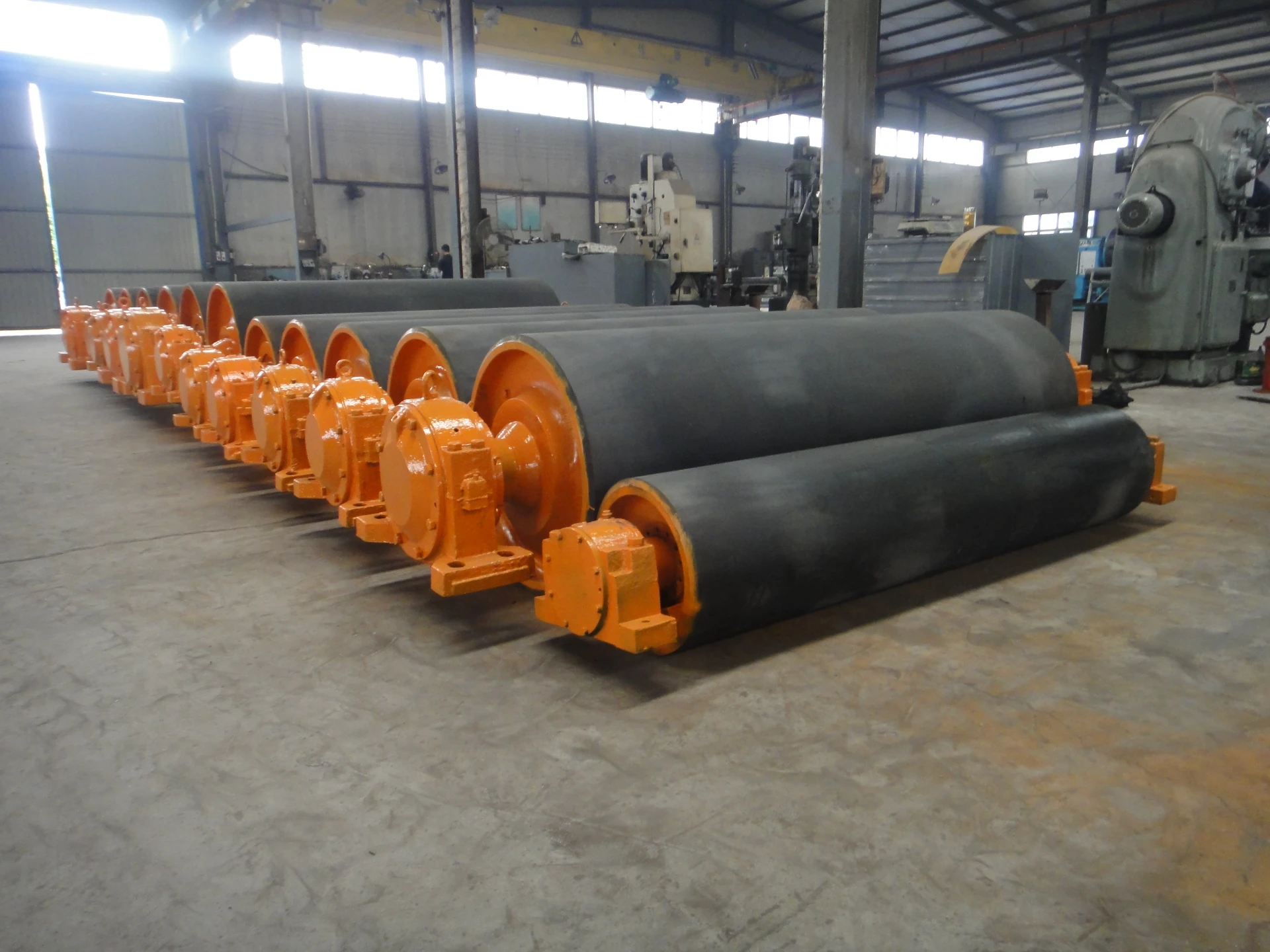 Afrikaans
Afrikaans  Albanian
Albanian  Amharic
Amharic  Arabic
Arabic  Armenian
Armenian  Azerbaijani
Azerbaijani  Basque
Basque  Belarusian
Belarusian  Bengali
Bengali  Bosnian
Bosnian  Bulgarian
Bulgarian  Catalan
Catalan  Cebuano
Cebuano  Corsican
Corsican  Croatian
Croatian  Czech
Czech  Danish
Danish  Dutch
Dutch  English
English  Esperanto
Esperanto  Estonian
Estonian  Finnish
Finnish  French
French  Frisian
Frisian  Galician
Galician  Georgian
Georgian  German
German  Greek
Greek  Gujarati
Gujarati  Haitian Creole
Haitian Creole  hausa
hausa  hawaiian
hawaiian  Hebrew
Hebrew  Hindi
Hindi  Miao
Miao  Hungarian
Hungarian  Icelandic
Icelandic  igbo
igbo  Indonesian
Indonesian  irish
irish  Italian
Italian  Japanese
Japanese  Javanese
Javanese  Kannada
Kannada  kazakh
kazakh  Khmer
Khmer  Rwandese
Rwandese  Korean
Korean  Kurdish
Kurdish  Kyrgyz
Kyrgyz  Lao
Lao  Latin
Latin  Latvian
Latvian  Lithuanian
Lithuanian  Luxembourgish
Luxembourgish  Macedonian
Macedonian  Malgashi
Malgashi  Malay
Malay  Malayalam
Malayalam  Maltese
Maltese  Maori
Maori  Marathi
Marathi  Mongolian
Mongolian  Myanmar
Myanmar  Nepali
Nepali  Norwegian
Norwegian  Norwegian
Norwegian  Occitan
Occitan  Pashto
Pashto  Persian
Persian  Polish
Polish  Portuguese
Portuguese  Punjabi
Punjabi  Romanian
Romanian  Russian
Russian  Samoan
Samoan  Scottish Gaelic
Scottish Gaelic  Serbian
Serbian  Sesotho
Sesotho  Shona
Shona  Sindhi
Sindhi  Sinhala
Sinhala  Slovak
Slovak  Slovenian
Slovenian  Somali
Somali  Spanish
Spanish  Sundanese
Sundanese  Swahili
Swahili  Swedish
Swedish  Tagalog
Tagalog  Tajik
Tajik  Tamil
Tamil  Tatar
Tatar  Telugu
Telugu  Thai
Thai  Turkish
Turkish  Turkmen
Turkmen  Ukrainian
Ukrainian  Urdu
Urdu  Uighur
Uighur  Uzbek
Uzbek  Vietnamese
Vietnamese  Welsh
Welsh  Bantu
Bantu  Yiddish
Yiddish  Yoruba
Yoruba  Zulu
Zulu rubber lagging pulley
The Importance of Rubber Lagging on Pulleys
Rubber lagging is a crucial component in the design and function of pulleys, particularly in the mining, manufacturing, and material handling industries. Pulleys are essential devices used to change the direction of force, lift loads, and transfer power efficiently. However, without proper surface treatment, such as rubber lagging, their performance can be significantly compromised.
The Importance of Rubber Lagging on Pulleys
In addition to its frictional properties, rubber lagging also serves as a protective layer for the pulley itself. Pulleys are usually subjected to harsh operating conditions, including exposure to moisture, dust, and abrasive materials. Rubber lagging acts as a shield, safeguarding the underlying metal from corrosion and physical damage. This protective aspect not only extends the lifespan of the pulley but also reduces maintenance costs, making it a cost-effective solution for many operations.
rubber lagging pulley

Moreover, the installation of rubber lagging can improve safety in industrial settings. Properly lagged pulleys help to minimize the likelihood of belts slipping off tracks, leading to reduced accidents and downtime. The increased grip provided by the rubber surface ensures that belts remain securely in place even under heavy loads and dynamic operating conditions.
Another significant benefit of rubber lagging is its noise and vibration dampening properties. In environments where machinery operation contributes to noise pollution and vibration, rubber lagging can lessen these effects. By absorbing some of the impacts and reducing the clattering sounds produced by mechanical systems, it creates a quieter and more pleasant working atmosphere for employees.
When considering the selection of rubber lagging for pulleys, various factors must be taken into account, such as the type of rubber used, the thickness of the lagging, and the specific requirements of the application. Different environments may require different rubber compounds, such as oil-resistant or heat-resistant materials, to ensure optimal performance.
In conclusion, rubber lagging is a vital enhancement for pulleys in various industries. It not only boosts traction and protects the pulley from environmental damage but also contributes to operational efficiency and safety. As industries continue to evolve, the importance of incorporating effective solutions like rubber lagging becomes ever more apparent in achieving reliable and sustainable operations.
-
Revolutionizing Conveyor Reliability with Advanced Rubber Lagging PulleysNewsJul.22,2025
-
Powering Precision and Durability with Expert Manufacturers of Conveyor ComponentsNewsJul.22,2025
-
Optimizing Conveyor Systems with Advanced Conveyor AccessoriesNewsJul.22,2025
-
Maximize Conveyor Efficiency with Quality Conveyor Idler PulleysNewsJul.22,2025
-
Future-Proof Your Conveyor System with High-Performance Polyurethane RollerNewsJul.22,2025
-
Driving Efficiency Forward with Quality Idlers and RollersNewsJul.22,2025





























